Scotland’s latest Government Expenditure and Revenue Scotland (GERS) figures show that defence remains a substantial component of the country’s public spending allocation under the UK’s fiscal arrangements, with £5.1 billion assigned in 2024–25 on a population-share basis.
According to the official tables, defence accounted for around 4 per cent of total public spending for Scotland. The GERS methodology uses a “for” approach for reserved areas such as defence, public sector debt interest, and international services.
This approach allocates spending according to Scotland’s population share, rather than where the money is physically spent, reflecting the fact that services like defence are treated as collective national public goods.
The report explains that for expenditure where the service provided is more collective in nature, an assessment of “who the service is for” depends on the type of spending being considered. For defence, the methodology operates on the premise that the entire UK population benefits equally from national defence services, and expenditure is therefore apportioned across the UK on a per capita basis.
Capital spending growth contributed to changes in Scotland’s fiscal position in 2024–25, with increased reserved defence investment identified as one of the drivers. The figures indicate that the gap between Scotland’s current budget balance and its net fiscal balance increased during the year, partly because of this higher capital outlay.
Overall public spending for Scotland in 2024–25 amounted to £117.6 billion, compared to £91.4 billion in tax receipts raised in Scotland through both devolved and reserved taxation. This equates to 9.1 per cent of total UK public spending and 8.0 per cent of total UK revenue. Defence’s £5.1 billion share sits alongside £2.684 billion for public and common services, £836 million for international services, £8.511 billion for reserved public sector debt interest, and £2.243 billion for local government pension fund interest expenditure.
While the GERS data is designed to show spending “for Scotland,” it does not directly measure spending “in Scotland.” The report notes that direct estimates of spend in Scotland are not available, but broader indicators suggest the public sector plays a larger role in Scotland than in the UK overall. For example, around 10 per cent of UK public sector employees are based in Scotland, and HMRC’s Real Time Information system indicates that 9.1 per cent of paybill across public administration and defence, education, health, and social care was spent in Scotland in 2024–25.
This distinction matters for defence. Population-share allocation means Scotland’s notional defence spending is the same per head as the UK average, but the actual concentration of defence infrastructure, units, and industry north of the border is significantly higher. HMNB Clyde at Faslane hosts the UK’s nuclear deterrent and a substantial proportion of the Royal Navy’s submarine fleet. RAF Lossiemouth is home to both the RAF’s Typhoon QRA (Quick Reaction Alert) force for the northern sector and its Poseidon P-8A maritime patrol aircraft. On the Clyde, BAE Systems is building the Royal Navy’s Type 26 frigates, with associated supply chain benefits across the Scottish economy.
Recent and planned capital projects such as a £250 million upgrade to Faslane and ongoing investment in warship construction feed directly into the higher reserved capital spending flagged in the 2024–25 accounts. From a fiscal perspective, these projects widen the gap between current and net budget balances, but they also represent long-term strategic commitments that underpin the UK’s defence posture in the North Atlantic, Arctic approaches, and High North.
Scottish Secretary Ian Murray said:
“These figures underline the collective economic strength of the United Kingdom and how Scotland benefits from the redistribution of wealth inside the UK. By sharing resources with each other across the UK, Scots benefit by £2,669 more per head in public spending than the UK average. It also means that Devolved Governments have the financial heft of the wider UK behind them when taking decisions. That means more money for schools, hospitals and policing, if the Scottish Parliament chooses to invest in those areas. People in Scotland will rightly expect to see better outcomes.
These figures also underline that the Scottish Government’s policy of full fiscal autonomy would mean turbo-charged austerity and economic chaos for Scotland. That is why the UK Government will stand up for the pooling and sharing resources across the UK as part of our Plan for Change to grow the economy and put more money in working people’s pockets.”
From a defence perspective, the data reinforces that Scotland’s role in UK security is not just operational but fiscal. Even on a strictly population-share basis, the allocation for defence is significant, and when actual spending “in” Scotland is considered from warship contracts to basing the economic and strategic weight is far greater than the GERS numbers alone suggest.



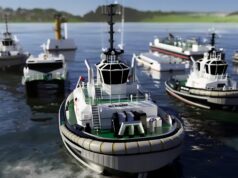

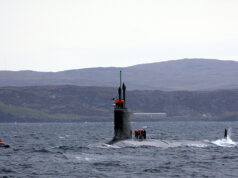
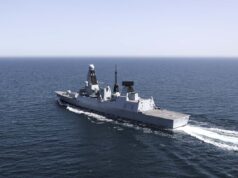
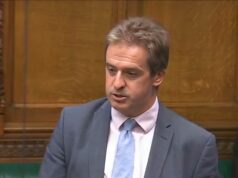

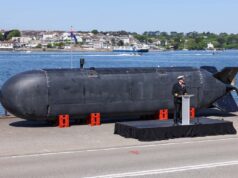
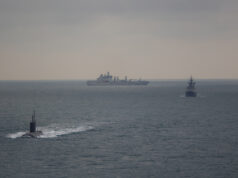
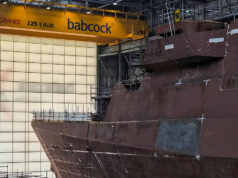

So Scotland gets stuck with all the poor paid manual jobs in defence and manufacturing and London gets all the well paid civil service jobs.
Seems totally fair to me.
Hopefully they can find some more nuclear weapons to store outside Glasgow then GERS figures can look even better.
We need to move on from this constant England Scotland crap. We are one country and people in Scotland voted for that.
GERS is s Tory SNP nonsense, Ian Murray needs to cancel it.
And Wales and the English regions get??????
No one knows because the British government only publishes GERS figures for Scotland. This was all dreamt up by the Tory minister Ian Lang in 1992.
It was supported by Alex Salmond in the 2000’s because it showed Scotland in a massive surplus.
The figures are just bollocks either when in deficit or surplus and no one seems to know why Scotland is the only part of the UK to get this treatment.
Is this just a figure to show how much money is being pumped through the Scotish economy showing how much Scotland would lose if it ever broke away from the UK (not trying to open that can of worms). It is otherwise a pointless figure.
You think engineering is a poorly paid profession?
Sorry can you show me where I said engineering? I said manufacturing, very different professions.
But u made it sound like all the good jobs go to England and the bad to Scotland his point is engineering isn’t a bad job and ship building is incredibly important even if the Scottish government uses foreign ship builders to build ferry’s
This is of course, nonsense.
Stuck with all the poorly paid manual jobs? What does that even mean? Apart from the lions share of the entire logistical, manufacturing and engineering effort in building RN shipping?
Yes, so very hard done by.
Is the article picture the yearly Timelapse pic that gets taken to show actual progress ?